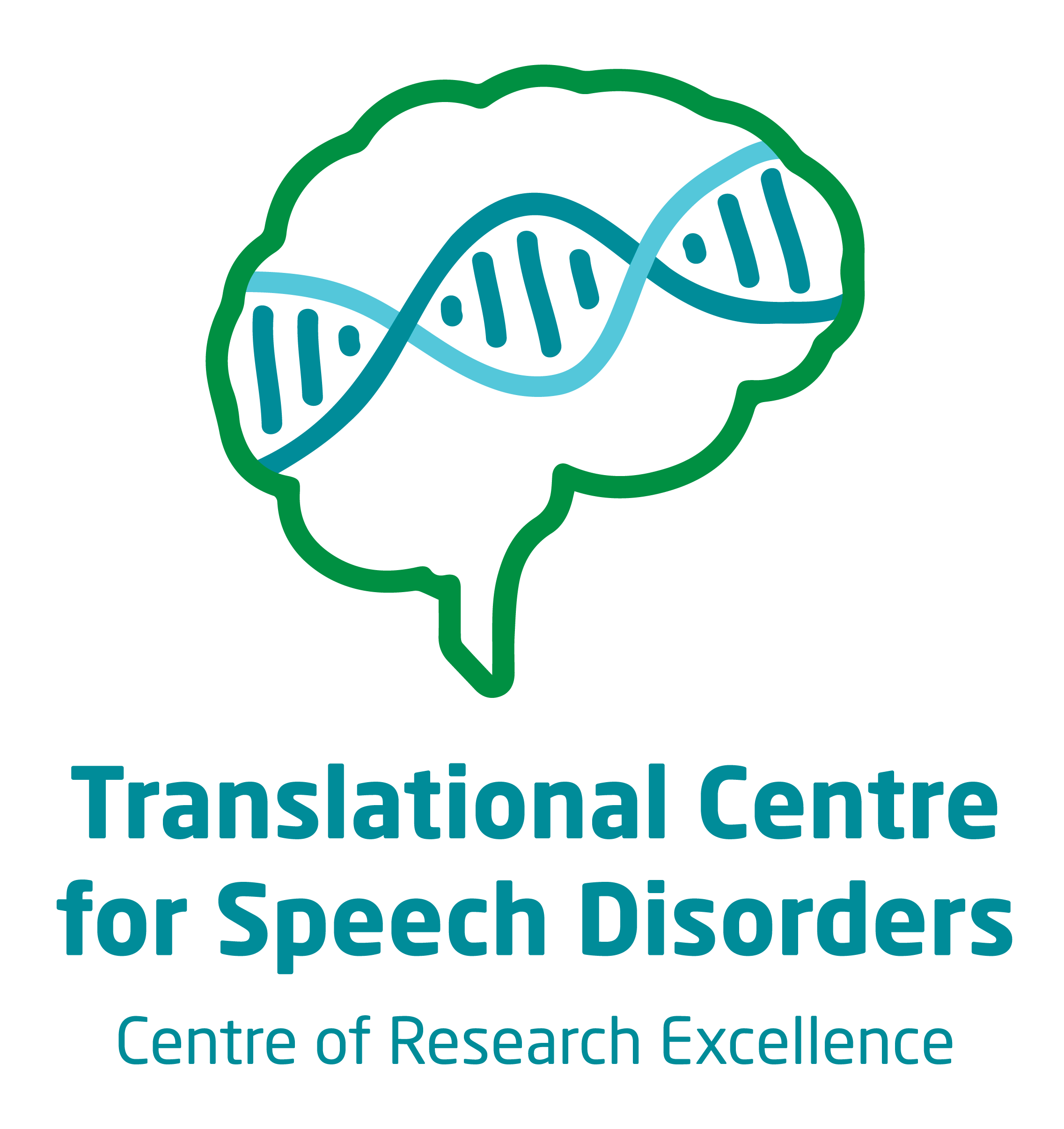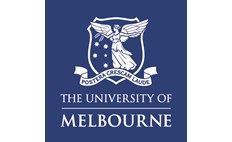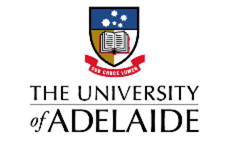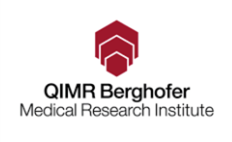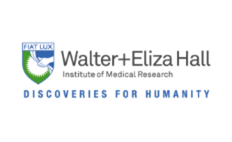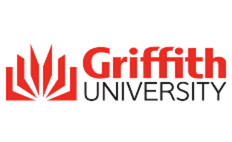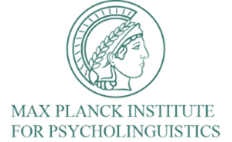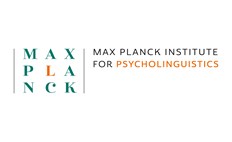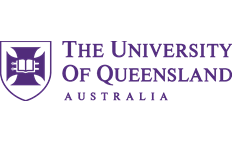KAT6A
What is a KAT6A syndrome?
KAT6A syndrome occurs when there is a change or alteration (like a spelling mistake) to the KAT6A gene, meaning the gene loses or alters its usual function. The KAT6A gene is on the short arm (the ‘p’ arm) of chromosome 8. Its “address” on this chromosome is 8p11.21. The KAT6A gene makes the KAT6A protein. The KAT6A protein is involved in unwinding specific parts of the chromosome so that other proteins can be made. It also modifies proteins once they have been made. The KAT6A gene also affects the function of many other genes and proteins, so a change in KAT6A can cause changes across many parts of the body. We do not yet fully understand all the functions of the KAT6A gene and protein.1-2
Contact
For further information, do get in touch with the CRE Speech and Language team at:
Email: geneticsofspeech@mcri.edu.au
Phone: (03) 9936 6334
Frequently asked questions
Recent studies indicate the most common features include intellectual disability (~95%), eye/vision difficulties (~75%), feeding difficulties, sometimes ongoing for many years (~95%), gastrointestinal concerns (~70%), sleep disturbance (~65%), motor/movement disorders (~45%), and heart defects (~45%).3-5 Facial features commonly include microcephaly (small head size), a broad nose tip and thin upper lip. Behavioural difficulties and autistic features have been noted in some.3-5
Speech and language disorders are common in KAT6A syndrome. About 75% of kids and adults with KAT6A syndrome are non-speaking. Many use alternative and augmentative communication (AAC) strategies (e.g., sign language, picture communication devices, and body language) to communicate with others.4 About 25% of kids and adults with KAT6A syndrome do use verbal speech. They may be slow to begin talking and require speech therapy to help them begin talking and continue to develop speech.4
Many individuals with KAT6A syndrome do not rely on verbal communication. However, in those that do use verbal speech, some may not say first words until older than 18 months, and some may not begin combining words until older than 8 years of age.4
In individuals with KAT6A syndrome who are verbal, their speech may be difficult to understand. They usually have more than one speech disorder including childhood apraxia of speech (CAS, disorder of speech motor planning and programming), dysarthria (disorder of speech muscle tone and coordination), and phonological disorder (atypical speech patterns).4
There have been no longitudinal studies looking at individuals KAT6A syndrome over time. Current studies report that many individuals continue to have limited or no verbal speech even into adulthood (this can be called "non-verbal" or "minimally-verbal" or “non-speaking”). Others develop more functional speech and language despite significant early delays.4 Some may be difficult to understand (e.g., with CAS) and some may be more easily understood. All individuals have some communication challenges.3-5
As communication difficulties are a core feature of KAT6A syndrome, speech pathology (SP) input should start early in life and include assessment and therapies tailored to each individual. Many countries/states provide early intervention programs where speech therapy may be provided by government programs, educational programs, private practices, or a combination of these depending on your location. Families can seek advice from local practitioners about the services available to them in their region.
Assessment/evaluation
Important domains for an SP assessment include:
-
Speech production skills: to evaluate for specific speech diagnoses (e.g., CAS, phonological disorder)
-
Expressive and receptive language skills
-
Social/pragmatic language skills
- Feeding and swallowing abilities
The types of assessment tools used will vary depending on the child’s individual profile and developmental age. Assessment may be required at an initial diagnosis and throughout childhood and adolescence. The goal of assessment will be to understand the nature and severity of speech and language challenges, then make recommendations for appropriate therapies when needed.
Therapy/intervention
There is no research on speech and language interventions that are specifically designed for children with KAT6A syndrome. Speech and language interventions for children with KAT6A syndrome are currently guided by the child’s individual profile and the best evidence for speech and language disorders more generally. Existing treatments have varying levels of efficacy. Some examples include:
CAS:
-
Nuffield Dyspraxia Program6
-
Rapid Syllable Transition Treatment (ReST)6
-
Dynamic Temporal and Tactile Cueing (DTTC)7
-
Prompts for Restructuring Oral Muscular Phonetic Targets (PROMPT)8
-
**There is no strong evidence to support the use of non-speech oral motor exercises alone (e.g., pursing, blowing, lip massage etc.) as an effective treatment for speech sound disorders.9
Augmentative and alternative communication (AAC):
-
Introducing AAC in the early years should be considered to foster language development and provide a means for children to engage, learn, and reduce communication frustrations.
- The need for AAC or AAC type/s may change over time.
Families should ask their SP about how effective these programs (or the ones they are recommending) will be for their child given their age and symptoms. The type of therapy will depend on: (1) the child’s symptoms, (2) their age, (3) the severity of their condition, and (4) any other health or development challenges they have.
Like with any skilled movement, practice or therapy is usually most successful when it happens several times a week. If speech has become clearer with therapy, there may still be a need for continued SP input to address challenges in other areas of communication such as expressive language skills (e.g., vocabulary, sentence formation), social/pragmatic language skills (e.g., conversation skills, topic maintenance), and literacy (reading/spelling).
Some adults have been reported with functional speech and language despite delays in development earlier in life, however many adolescents still have significant communication challenges throughout life and require alternative means of communication (e.g., picture communication devices, sign language).1-2
In individuals with KAT6A gene variants, there is a spread of speech abilities across the lifespan, just like in childhood. Some remain non-verbal, some may be difficult to understand (e.g. with apraxia), and some may be more easily understood. All individuals have some communication challenges.1
For information and support on KAT6A syndrome: https://kat6a.org
More information on CAS: CAS Fact Sheet
More information on AAC: AAC Fact Sheet
For information on speech and language abilities and KAT6A, please see our Fact Sheet.
References
- Voss, A. K., Thomas, T. (2009). MYST family histone acetylytransferases take center stage in stem cells and development. Bioessays, 31, 1050-1061.
- Millan, F., Cho, M. T., Retterer, K.,...Bale, S. (2016). Whole exome sequencing reveals de novo pathogenic variants in KAT6A as a cause of a neurodevelopmental disorder. American Journal of Medical Genetics – Part A, 170(7), 1791-1798.
- Tham, E., Lindstrand, A., Santani, A., ... Nordgren, A. (2015). Dominant mutations in KAT6A cause intellectual disability with recognizable syndromic features. American Journal of Human Genetics, 96, 507–13.
- St John, M., Amor, DJ., Morgan, AT. (2022). Speech and language development and genotype-phenotype correlation in 49 individuals with KAT6A syndrome. American Journal of Medical Genetics - Part A.
- Kennedy, J., Goudie, D., Blair, E., ... Arboleda, V.A., Newbury-Ecob, R. (2019). KAT6A Syndrome: genotype–phenotype correlation in 76 patients with pathogenic KAT6A variants. Genetics in Medicine, 21(4), 850-860.
- Murray, E., et al. (2015). A Randomized Controlled Trial for Children With Childhood Apraxia of Speech. Comparing Rapid Syllable Transition Treatment and the Nuffield Dyspraxia Programme-Third Edition. JSLHR, 58(3), 669-686.
- Murray, E., et al. (2014). A systematic review of treatment outcomes for children with childhood apraxia of speech. AJSLP, 23(3), 486-504.
- Morgan, A. T., et al. (2018). Interventions for childhood apraxia of speech. The Cochrane Database of Systematic Reviews, 5(5), CD006278.
- Lee, A.S., & Gibbon, F.E. (2015). Non-speech oral motor treatment for children with developmental sound disorders. The Cochrane Database of Systematic Reviews, (3), CD009383.
- Eising, E., Carrion-Castillo, A., Vino, A., Strand, E. A., Jakielski, K. J., Scerri, T. S., Hildebrand, M. S., Webster, R., Ma, A., Mazoyer, B., Francks, C., Bahlo, M., Scheffer, I. E., Morgan, A. T., Shriberg, L. D. & Fisher, S. E. (2018). A set of regulatory genes co-expressed in embryonic human brain is implicated in disrupted speech development. Molecular Psychiatry, 20(1).

